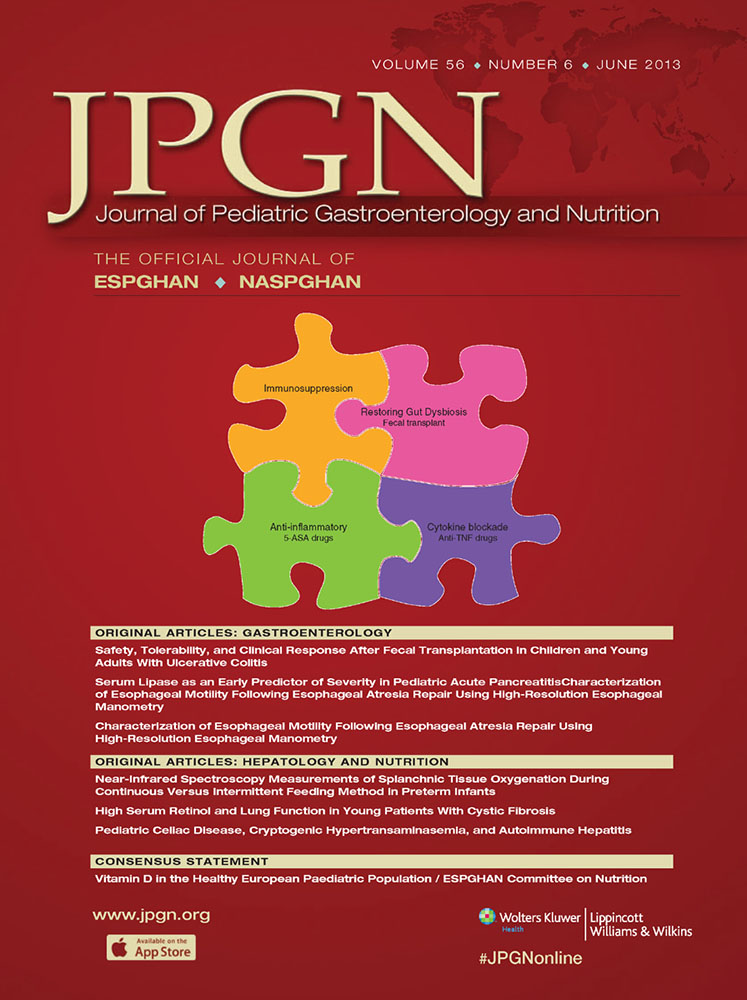Congenital Portosystemic Shunt
Characterization of a Multisystem Disease
Supplemental digital content is available for this article. Direct URL citations appear in the printed text, and links to the digital files are provided in the HTML text of this article on the journal's Web site (www.jpgn.org).
The authors report no conflict of interest.
ABSTRACT
Objectives:
Congenital portosystemic shunts (CPSSs) are rare but increasingly recognized as a cause of important multisystem morbidity. We present new cases and a systematic literature review and propose an algorithm for the identification and care of affected patients.
Methods:
We reviewed the charts of consecutive patients seen in our pediatric liver clinic between 2003 and 2010 and systematically reviewed the literature of cases with CPSS.
Results:
We identified 316 published cases and 12 patients in our own clinic. Of the published cases (177 male), 185 had an extrahepatic and 131 an intrahepatic portosystemic shunt. Diagnosis was made at any age, from prenatal to late adulthood. Cardiac anomalies were found in 22% of patients. The main complications were hyperammonemia/neurological abnormalities (35%), liver tumors (26%), and pulmonary hypertension or hepatopulmonary syndrome (18%). The spectrum of neurological involvement ranged from changes in brain imaging, subtle abnormalities on neuropsychological testing, through learning disabilities to overt encephalopathy. Spontaneous shunt closure occurred mainly in infants with intrahepatic shunts. Therapeutic interventions included shunt closure by surgery or interventional radiology techniques (35%) and liver transplantation (10%) leading to an improvement of symptoms in the majority. These findings mirror the observations in our own patients.
Conclusions:
In this largest review of the reported clinical experience, we identify that children with CPSS may present with otherwise unexplained developmental delay, encephalopathy, pulmonary hypertension, hypoxemia, or liver tumors. When CPSS is diagnosed, children should be screened for all of these complications. Spontaneous closure of intrahepatic shunts may occur in infancy. Closure of the shunt is indicated in symptomatic patients and is associated with a favorable outcome.




